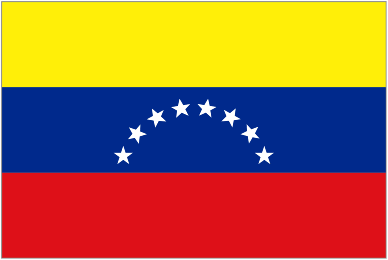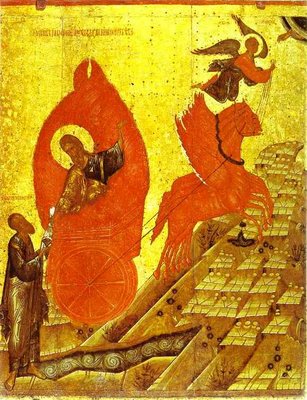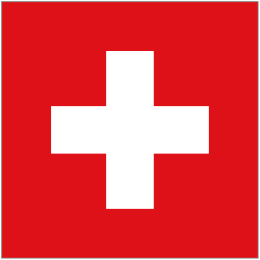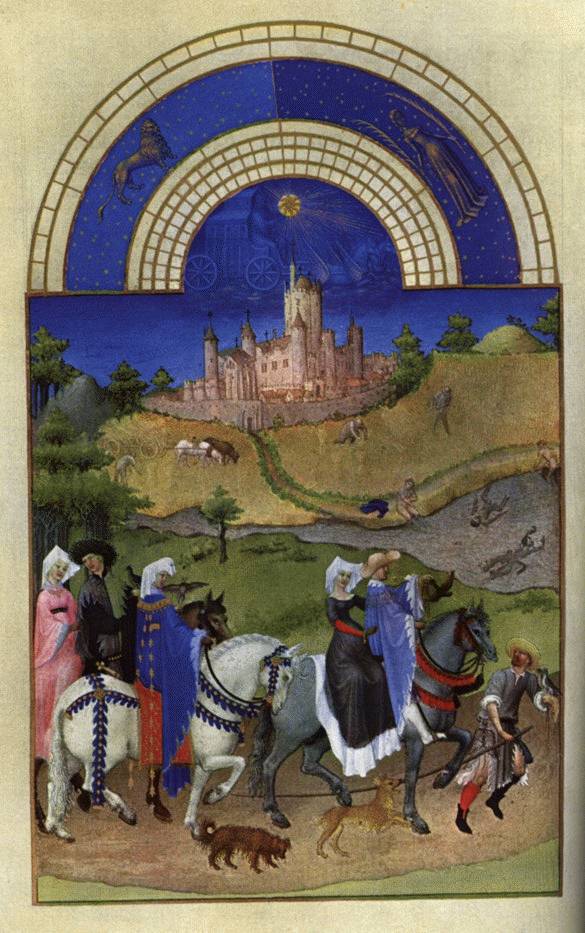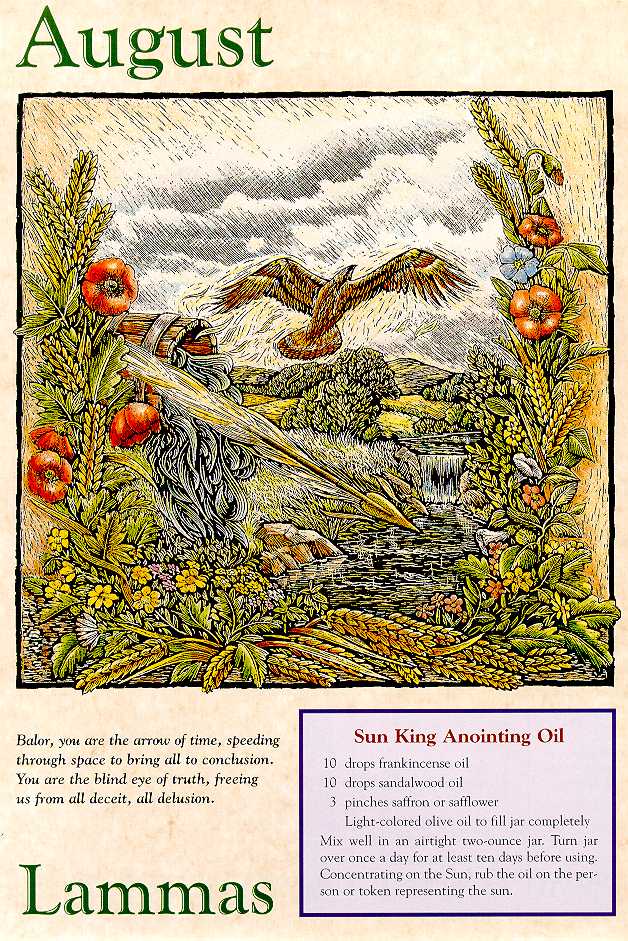August 3 (since 2006)
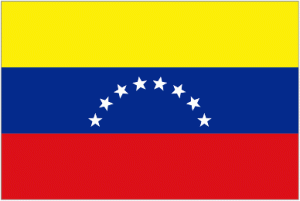
Up until 2006, Venezuelans celebrated El Día de la Bandera (Flag Day) on March 12th, in honor of the day in 1806 that Francisco de Miranda first hoisted the future flag of Venezuela on the ship Leander.
Miranda was born in Caracas, Venezuela. During the American Revolutionary War, Miranda fought for Spain in Florida. In France he served in the French Revolutionary Army. And between those two revolutions he lived in England, Italy, Prussia, and the Ottoman Empire.
But he’s most famous for his role in the liberation of his homeland Venezuela, a crusade that occupied the last decade of his life.
In 1806 Miranda acquired unofficial British support to lead a rebellion against Spain in South America. On March 12, 1806, Miranda raised the tricolor flag, which he himself designed, atop the ship Leander, just before she and two other ships set forth from Haiti to liberate South America.
The plan didn’t work.
The other two ships were captured by the Spanish, their occupants tried, and many were put to death. The Leander escaped, arriving in La Vela de Coro on August 3, 1806, flag in tact.
Miranda led the struggle against Spanish forces for the next several years. On Maundy Thursday in 1810 a military junta established a provisional Venezuelan government, to which Miranda was appointed as a delegate from El Pao. The congress adopted Miranda’s tricolor flag as the official banner the following year.
However, later losses, and a huge earthquake which hit Venezuela on Maundy Thursday two years after the junta (taken by many as a sign from God against the revolution) reduced Venezuelan morale and popular support. Miranda became a generalissimo with dictatorial powers, but as the revolutionary effort crumbled, he began considering an armistice with Spain.
Simon Bolivar and other revolutionaries viewed Miranda as a traitor. In one of Bolivar’s less touted moves, he and his co-patriots turned Miranda over to the Spanish. Miranda was transported Spain, incarcerated, and died in his cell four years later—on July 14 (Bastille Day) 1816.
He was buried in a mass grave.
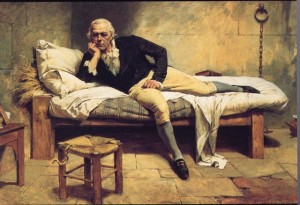
In 2006, the Venezuelan government voted to change the date of Flag Day to August 3rd to celebrate the 200th anniversary of the flag’s (and Miranda’s) arrival on Venezuelan soil.
“Miranda was a man of the eighteenth century whose genius lay in raising the consciousness and confidence of his fellow Americans. Although he prided on being a soldier, his greatest battles were fought with his pen.”
— Francisco de Miranda, a Transatlantic Life in the Age of Revolution, by Karen Racine

